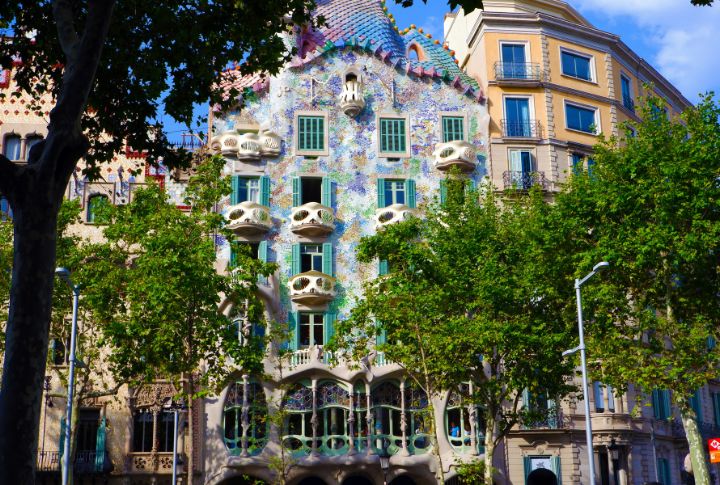
It takes a special kind of passion to design something unforgettable. The architects behind these projects went beyond standard expectations to give their creations personality and purpose. Each structure captures emotion in its own way and reminds us that good design is about heart as much as skill. Here’s a look at the structures where imagination and effort came together to showcase true architectural brilliance.
Fallingwater

Frank Lloyd Wright’s Fallingwater redefined harmony between nature and architecture. Built in 1935 above a waterfall in Pennsylvania, its terraces appear to float among the rocks. The constant sound of rushing water fills the home, while the outdoor and indoor spaces merge seamlessly into one breathtaking retreat.
Bosco Verticale

In Milan, Bosco Verticale by Stefano Boeri turned the idea of a skyscraper into a living ecosystem. Its towers overflow with thousands of trees and plants that clean the air and absorb noise. This green architecture symbolized how modern living can genuinely coexist with nature.
Burj Khalifa

Rising 828 meters above Dubai, the Burj Khalifa stands as a feat of engineering and imagination. Inspired by a desert flower, the tower’s design tapers gracefully upward. Its reflective facade glows against the skyline, and its observation deck offers views that stretch beyond the horizon.
Guggenheim Museum Bilbao

Frank Gehry’s Guggenheim Museum in Bilbao reshaped both architecture and the city itself. Opened in 1997, its rippling titanium panels shimmer like fish scales, reflecting the river nearby. The museum sparked Bilbao’s cultural revival and proved how bold design can completely transform an urban identity.
Sydney Opera House

Few buildings define a city like the Sydney Opera House. Designed by Jorn Utzon, its white shell roofs resemble sails catching the coastal breeze. The design, chosen from hundreds of global entries, became an instant icon and earned a place on UNESCO’s World Heritage list.
Heydar Aliyev Center
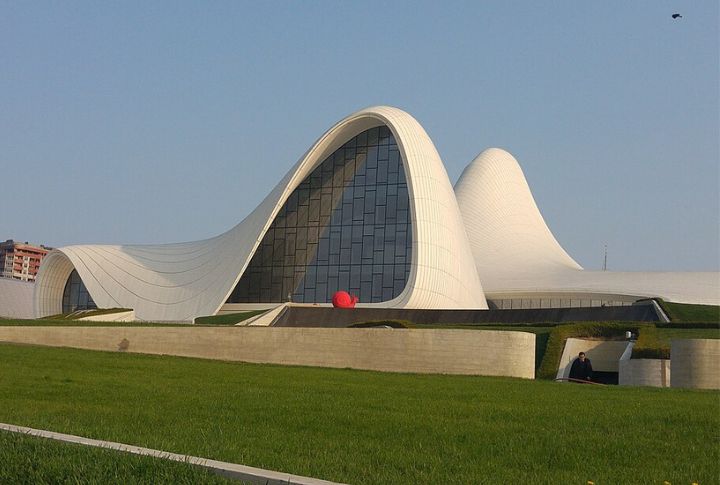
Zaha Hadid’s Heydar Aliyev Center in Baku flows like liquid marble. Inside, continuous galleries and halls glide into one another to create a visual rhythm that feels endlessly in motion. Completed in 2012, its curving form rejects rigid lines and reflects the spirit of Azerbaijani culture.
Oslo Opera House
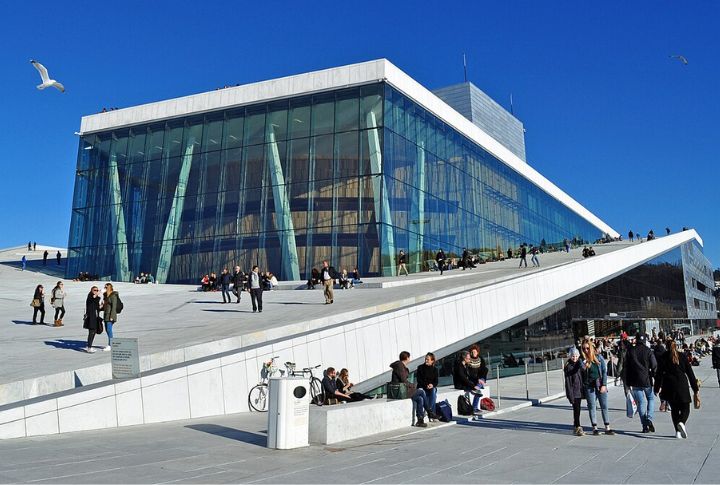
Designed by Snohetta, the Oslo Opera House appears to rise straight from the water. Its sloping marble roof invites visitors to walk up and enjoy sweeping views of the fjord. This Opera House merges public space and performance into one fluid design.
Cardboard Cathedral
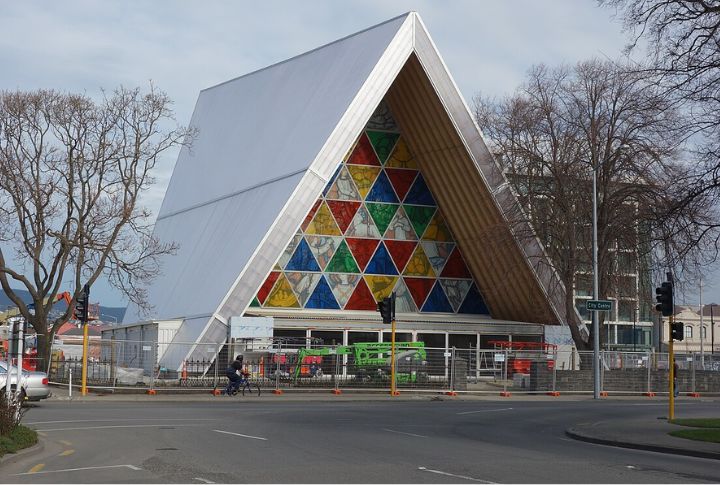
Out of devastation came innovation in Christchurch. Shigeru Ban’s Cardboard Cathedral, built in 2013, uses cardboard tubes and polycarbonate panels to form a striking temporary church. Seating 700 people, it symbolizes resilience and creativity in the wake of the 2011 earthquake that destroyed the city’s original cathedral.
The Shard

London’s Shard pierces the skyline like a crystal tower. Designed by Renzo Piano, the building’s glass panels reflect shifting daylight across the city. Inspired by ship masts and church spires, the Shard houses restaurants and a sky-high observation deck that captures London’s endless horizon.
Casa Batllo

Antoni Gaudi turned fantasy into architecture with Casa Batllo. Its dragon-like roof and fluid forms evoke a dreamlike quality, which makes it one of Gaudi’s most imaginative works and a treasured UNESCO World Heritage Site. Completed in 1906, the Barcelona landmark shimmers in colored mosaics and organic curves.
High Line

New York City’s High Line inspired cities worldwide to transform forgotten spaces into thriving urban parks. This project turned an abandoned rail line into a public garden in the sky. Lined with native plants and art installations, it stretches above the streets with calm energy.
Metropol Parasol

Metropol Parasol in Seville reimagines shade and structure in the city’s heart. Built from wood, its vast canopy curls overhead like a modern mushroom forest. Locals call it “Las Setas”, and beneath it lies a bustling market, archaeological museum, and walkway offering stunning city views.
Louvre Abu Dhabi

Jean Nouvel’s Louvre Abu Dhabi uses sunlight to make art. Its massive dome filters the desert light through thousands of patterned metal stars to create a mesmerizing “rain of light.” Inside, galleries inspired by traditional Arabic streets weave together global art and regional heritage beautifully.
Apple Park

Apple Park in Cupertino feels like a futuristic oasis. Designed by Foster + Partners, its massive circular structure encircles gardens filled with thousands of trees. Powered entirely by renewable energy, the “spaceship” campus shows Apple’s commitment to design precision and human-centered innovation.
Tate Modern Switch House / Blavatnik Building
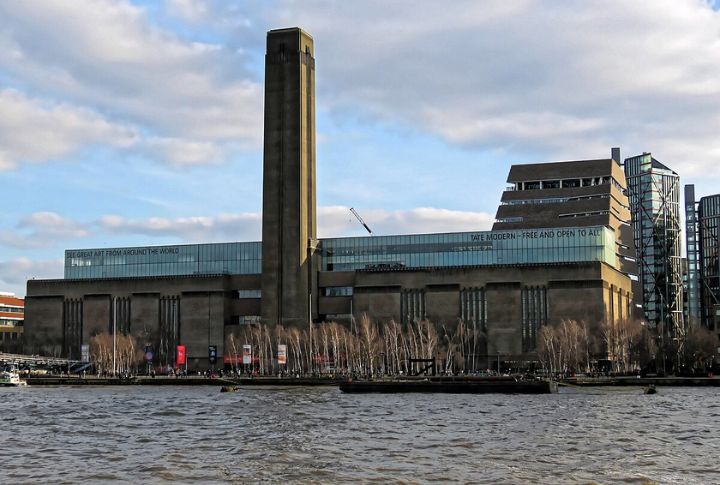
London’s Tate Modern expanded upward in 2016 with Herzog & de Meuron’s Blavatnik Building. Its twisted pyramid of perforated brick redefines the museum’s skyline. The new galleries and observation terrace increased space by 60% to offer visitors panoramic views of the Thames and beyond.
Chapel of Notre Dame du Haut

Perched on a French hillside, Le Corbusier’s Chapel of Notre Dame du Haut feels sculpted from light and silence. The building’s spiritual serenity continues to draw pilgrims and architects from around the world. Completed in 1955, its curving concrete roof shelters a space filled with filtered sunlight.
Centre Pompidou
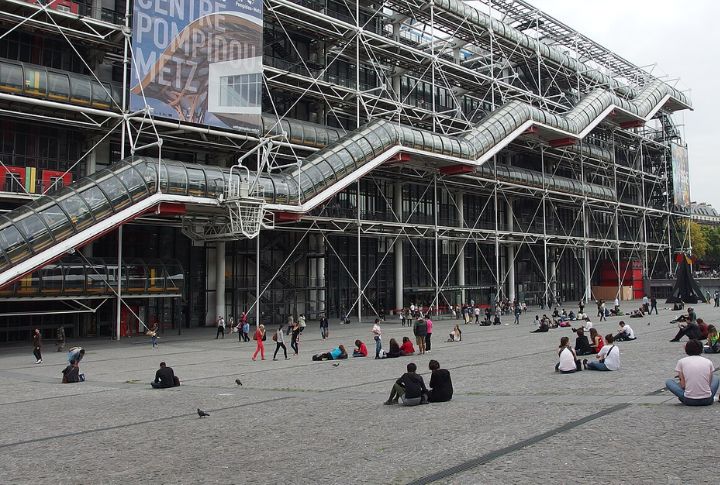
Created by Renzo Piano and Richard Rogers, Paris’s Centre Pompidou flipped architecture inside out. Its pipes and staircases cover the exterior in bright colors to reveal the building’s inner workings. Once controversial, it’s now a beloved landmark that houses Europe’s largest modern art collection.
Salk Institute

Overlooking the Pacific, Louis Kahn’s Salk Institute exemplifies simplicity and precision. Built in 1965, its symmetrical blocks flank a serene courtyard that channels water toward the ocean. This design encourages collaboration through open labs by balancing science and nature in one profoundly contemplative setting.
CCTV Headquarters
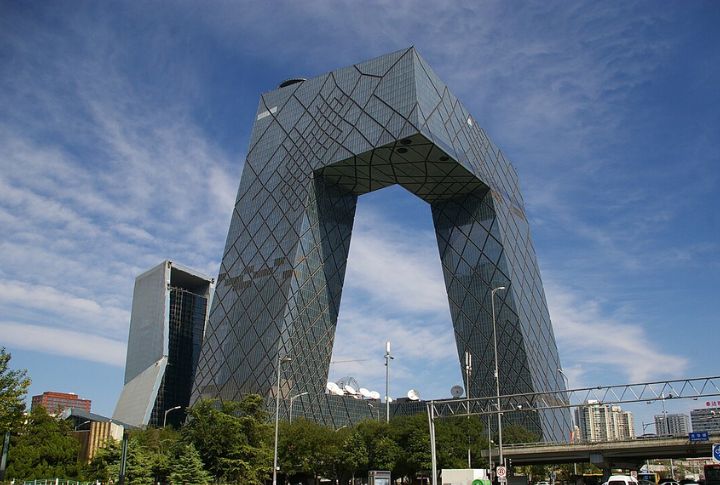
Beijing’s skyline gained a bold presence in 2012 with the completion of OMA’s CCTV Headquarters. Two leaning towers loop together at the top and base to form a continuous structure. Locals call it “the Big Pants” as they admire both its daring form and the immense engineering that holds it together.
Maison Louis Carre
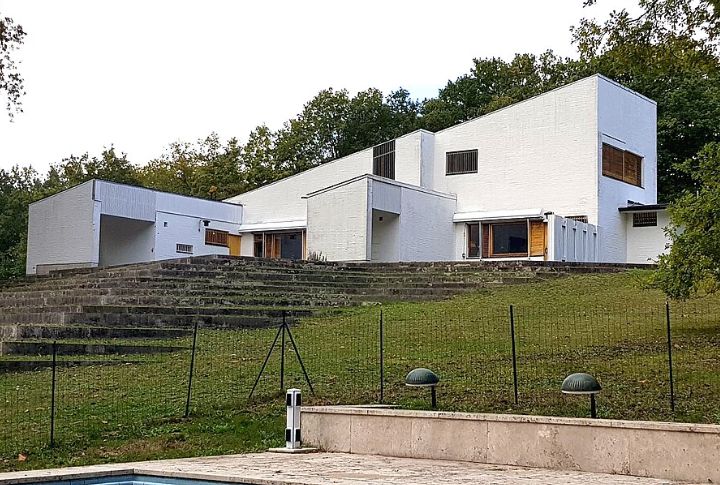
Alvar Aalto’s Maison Louis Carre in France feels like architecture and nature in quiet dialogue. Completed in 1959, every detail, from furniture to lighting, is in harmony. As Aalto’s only French creation, this home remains a beautifully preserved showcase of his organic, human-centered design philosophy.

